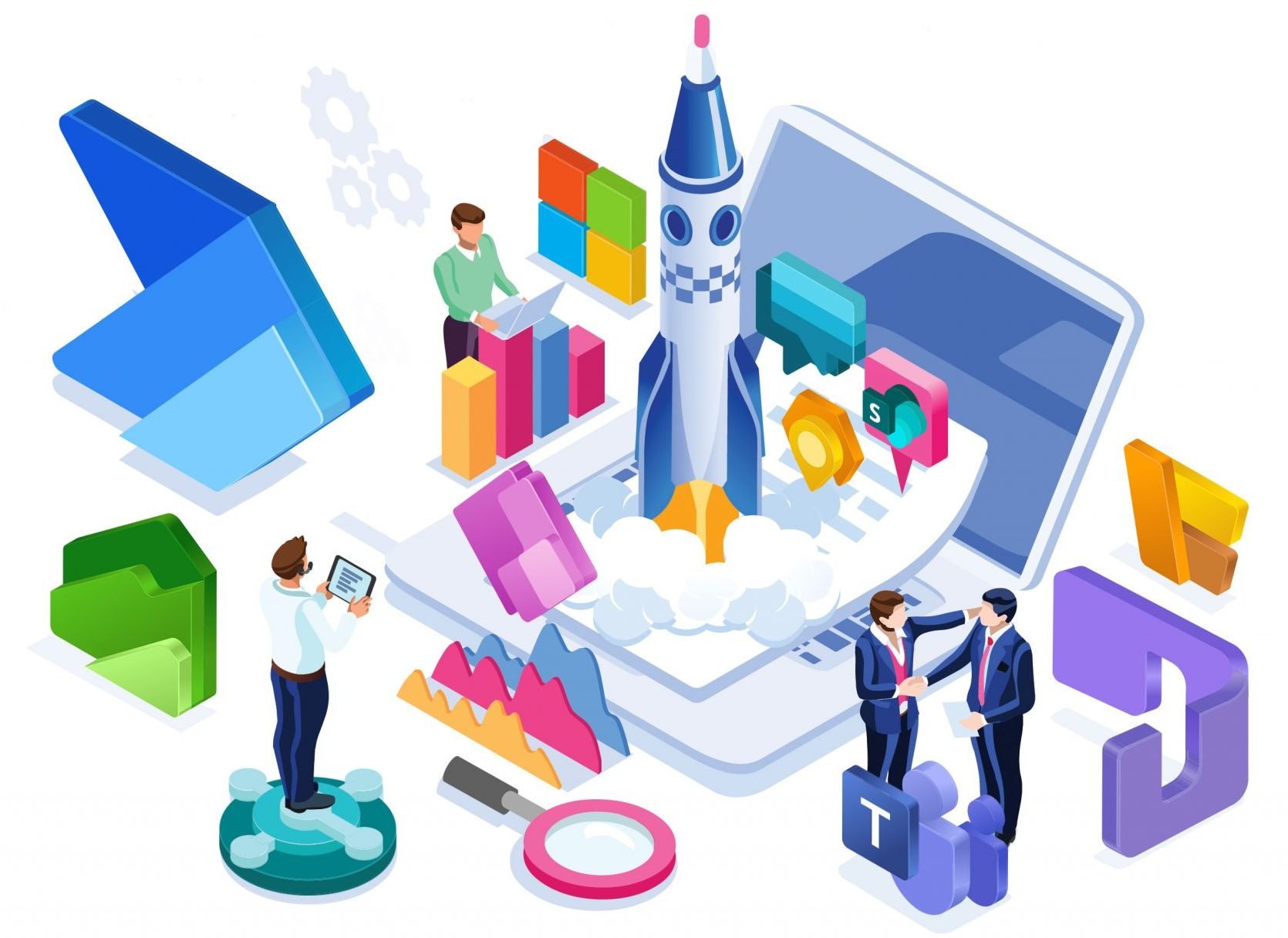In today’s fast-paced digital landscape, businesses constantly seek innovative solutions to streamline operations and drive efficiency. Microsoft’s Power Platform has emerged as a powerful suite of tools that empowers organizations to create custom business applications, automate processes, and derive actionable insights.

Among its many capabilities, the model-driven app feature is a versatile tool enabling businesses to build tailored applications without writing extensive code. In this blog post, we will explore the concept of model-driven apps and delve into their benefits and applications.

Model-driven apps are a type of business application that is built on top of the Power Platform. Unlike canvas apps, which are visually driven and created using drag-and-drop interfaces, model-driven apps are constructed around data models and business processes. The app’s user interface is generated automatically based on the underlying data model, allowing for rapid application development without requiring extensive coding expertise.
Key Features And Benefits:
Data-Centric Approach: Model-driven apps focus on data entities and relationships. By leveraging the Common Data Service (CDS), businesses can define custom entities, establish relationships, and enforce data integrity. This data-centric approach ensures consistency across applications and provides a unified view of organizational data.
Rapid Development: With model-driven apps, developers can quickly create functional applications using pre-built components, such as forms, views, and dashboards. The drag-and-drop interface allows for easy customization and configuration of these components, enabling rapid development and deployment of apps.
Responsive Design: Model-driven apps are designed to be responsive and accessible across devices, including desktops, tablets, and mobile devices. The apps automatically adjust their layout and functionality based on the screen size and orientation, providing a consistent user experience.
Integration with Power Platform: Model-driven apps seamlessly integrate with other Power Platform services, such as Power Automate (formerly Flow) and Power BI. This integration enables businesses to automate processes, trigger actions based on specific events, and gain valuable insights from their data.
Role-Based Security: Model-driven apps incorporate robust security measures, allowing organizations to define user roles, permissions, and access levels. Administrators can easily manage user access and control data visibility, ensuring data security and compliance.
Applications Of Model-Driven Apps:
CRM and Sales Automation: Model-driven apps are widely used for customer relationship management (CRM) and sales automation. Organizations can create apps tailored to their sales processes, customer management, lead tracking, and opportunity management. The apps can also integrate with external systems, such as email clients and marketing automation tools.
Project Management: Model-driven apps provide a structured framework for project management. Teams can create apps to track project milestones, assign tasks, monitor progress, and collaborate effectively. Integration with Power Automate enables the automation of routine project-related activities, reducing manual effort.
Field Service Management: Model-driven apps are instrumental in managing field service operations. Organizations can build apps to schedule service appointments, dispatch technicians, track work orders, and capture customer feedback. Integration with Power BI allows for real-time monitoring of field service performance metrics.
Compliance and Regulatory Processes: Model-driven apps can be customized to handle compliance and regulatory processes. For instance, organizations can build apps to manage audit trails, track compliance-related tasks, and generate reports. The apps can also enforce data validation rules, ensuring adherence to regulatory requirements.
Conclusion:
Model-driven apps empower businesses to rapidly build custom applications that align with their specific processes and data models. By leveraging the Power Platform’s capabilities, organizations can streamline operations, improve productivity, and gain valuable insights from their data.










